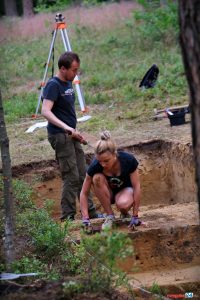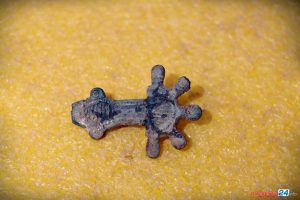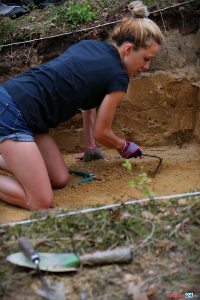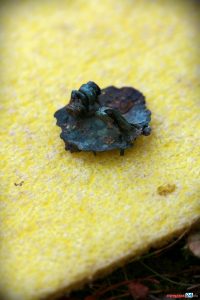Archaeologists conducting excavation in Mojtyny and Wólka Prusinowa, North-East Poland, have uncovered archaeological artefacts identified as Prehistoric jewellery dating to the the Iron Age.

Researchers working at the site have unearthed over 70 metal artefacts. The site was excavated first in 1899 by German archaeologists, but its location was lost. Recently a metal detectorist has found some artefacts indicating presence of an archaeological site. Researchers have conducted a surface survey that revealed that more archaeological features might be still hidden underground. They believe they have found the site which was originally excavated in the 19th century.

German archaeologists have unearthed nearly 180 graves at a site identified as a Prehistoric burial ground. Now, Polish archaeologists managed to uncover a portion of what was undiscovered, as they found artefacts consisting mostly of pieces of pottery and jewellery – fibulae, bracelets, and rings. These artefacts preserved even as the individuals were cremated and buried within the cemetery in pits or urns. Archaeologists identified the place where they opened their trenches as a pile of dirt left by the original researchers of the site. Therefore the artefacts do not come directly from the ancient graves but are what was not spotted by German archaeologists.

Archaeologists identify the site as a large cemetery that functioned for a long time between the 1st century AD even up to the Early Medieval times. It is reflected by the finds and makes the site unique, as not many Iron Age cemeteries existing until Early Medieval times are known from the area.


(after Mrągowo24 & Marlena Bieleninik)